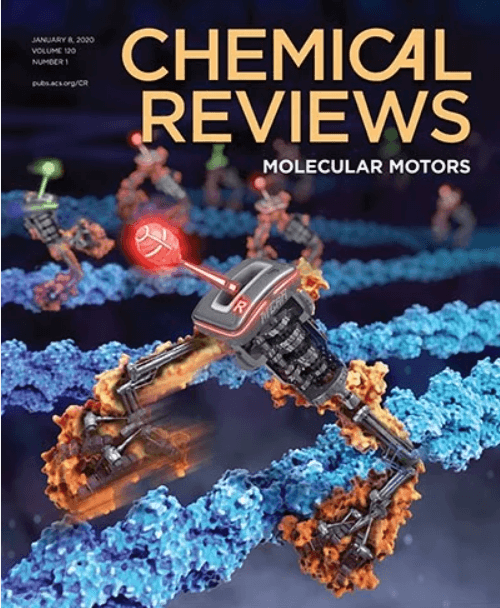Reduction of Bulk and Interface Defects via Photo-annealing Treatment for High-efficiency Antimony Selenide Solar Cells
IF 51.4
1区 化学
Q1 CHEMISTRY, MULTIDISCIPLINARY
引用次数: 0
Abstract
Antimony selenide (Sb2Se3) exhibits outstanding photoelectric characteristics and has significant potential for application in photovoltaic devices. However, Sb2Se3 solar cells are hindered by severe carrier combinations at both the heterojunction interface and within the Sb2Se3 bulk, thereby limiting the improvement of device power conversion efficiency (PCE). This study presents a novel strategy for regulating the interface of the Sb2Se3/CdS heterojunction using a photo-annealing treatment. During this process, element substitution near the heterojunction efficiently prompts atomic rearrangement, leading to improved lattice matching at the interface and a reduction in the density of interface defects. Furthermore, the diffusion of Cd into the Sb2Se3 absorber facilitated the passivation of deep antisite and vacancy defects in the bulk of Sb2Se3. The photo-annealing process effectively enables the reduction of interface defects at the heterojunction interface and deep-level traps in the bulk of Sb2Se3. Consequently, this enhances the quality of the Sb2Se3/CdS heterojunction and facilitates the transport and collection of photo-generated carriers in the device. The resultant Sb2Se3/CdS heterojunction solar cells achieve a PCE of up to 10.58% (certified efficiency of 10.18%), making them the most efficient Sb2Se3 solar cells ever recorded. This work provides novel insights into the passivation of defects at the heterojunction and within the absorber bulk, highlighting pathways to enhance the photovoltaic performance of Sb2Se3 solar cells.通过光退火处理减少块体和界面缺陷,实现高效硒化锑太阳能电池
硒化锑(Sb2Se3)具有出色的光电特性,在光伏设备中的应用潜力巨大。然而,Sb2Se3 太阳能电池受到异质结界面和 Sb2Se3 体内部严重的载流子组合的阻碍,从而限制了器件功率转换效率(PCE)的提高。本研究提出了一种利用光退火处理调节 Sb2Se3/CdS 异质结界面的新策略。在此过程中,异质结附近的元素置换有效地促进了原子重排,从而改善了界面处的晶格匹配,降低了界面缺陷的密度。此外,镉向 Sb2Se3 吸收体的扩散促进了 Sb2Se3 体中深层反位和空位缺陷的钝化。光退火工艺有效地减少了异质结界面上的界面缺陷和 Sb2Se3 体中的深层陷阱。因此,这提高了 Sb2Se3/CdS 异质结的质量,有利于光生载流子在器件中的传输和收集。由此产生的 Sb2Se3/CdS 异质结太阳能电池的 PCE 高达 10.58%(认证效率为 10.18%),是迄今为止效率最高的 Sb2Se3 太阳能电池。这项工作为异质结和吸收体内部缺陷的钝化提供了新的见解,为提高 Sb2Se3 太阳能电池的光电性能指明了道路。
本文章由计算机程序翻译,如有差异,请以英文原文为准。
求助全文
约1分钟内获得全文
求助全文
来源期刊

Chemical Reviews
化学-化学综合
CiteScore
106.00
自引率
1.10%
发文量
278
审稿时长
4.3 months
期刊介绍:
Chemical Reviews is a highly regarded and highest-ranked journal covering the general topic of chemistry. Its mission is to provide comprehensive, authoritative, critical, and readable reviews of important recent research in organic, inorganic, physical, analytical, theoretical, and biological chemistry.
Since 1985, Chemical Reviews has also published periodic thematic issues that focus on a single theme or direction of emerging research.
 求助内容:
求助内容: 应助结果提醒方式:
应助结果提醒方式:


